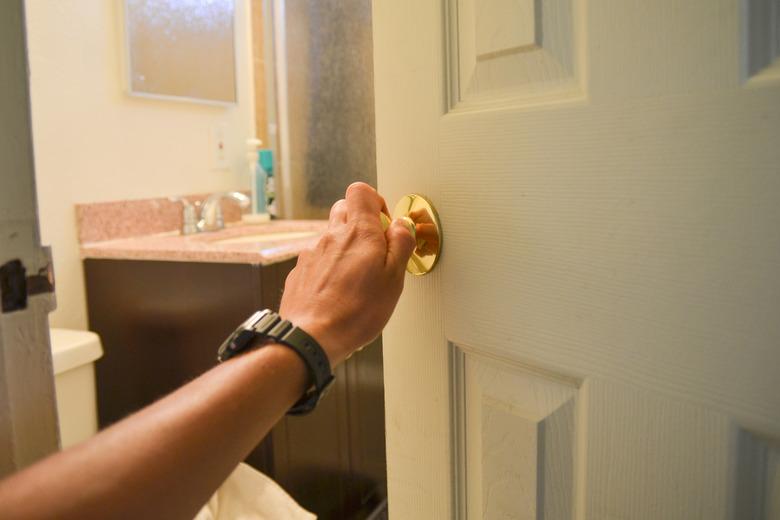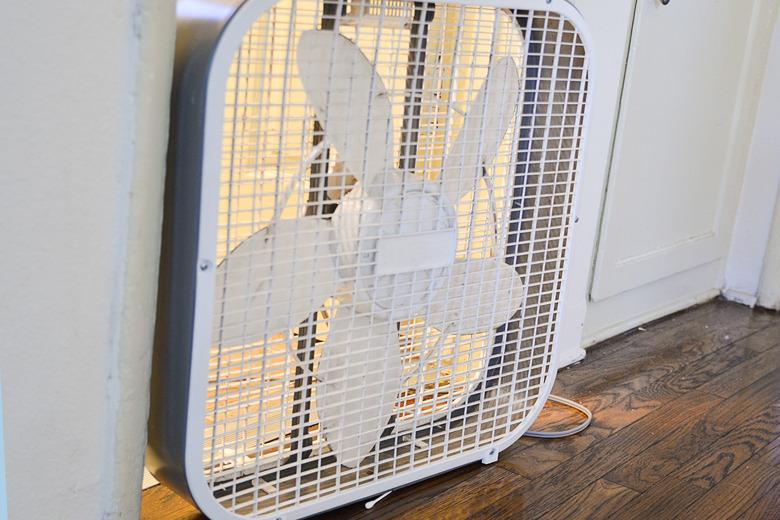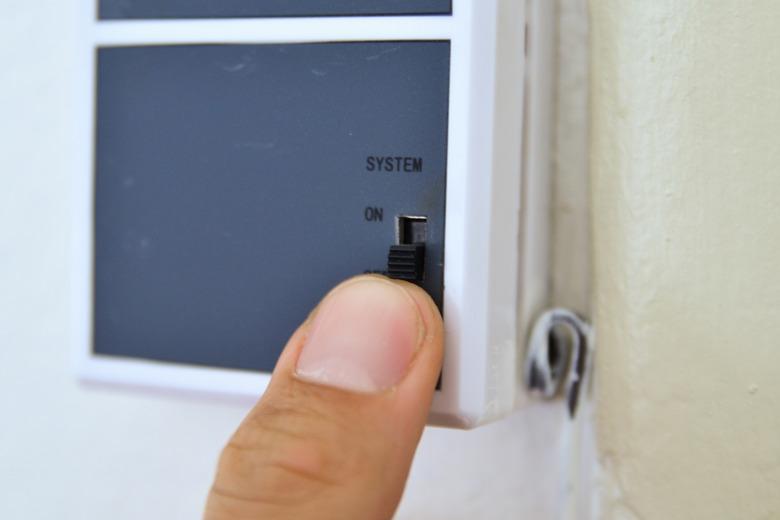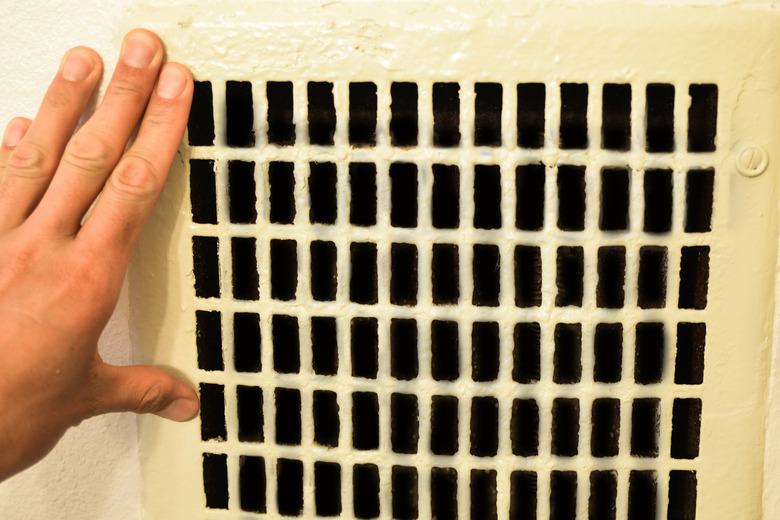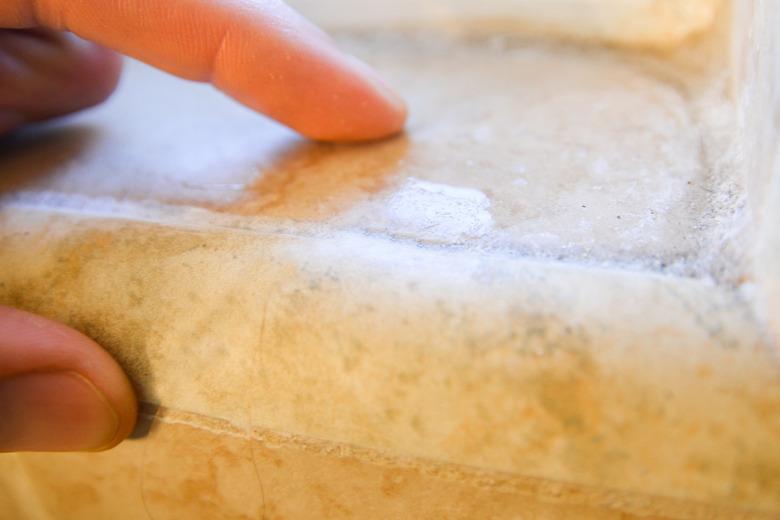How To Cure A Small Room With Poor Ventilation
Any small room — not just bathrooms — with poor ventilation is subject to mold, which is both unhealthy for occupants and damaging to contents, from furniture to art, and fixtures, including carpeting and walls. Air that has movement, even when the door is closed, doesn't easily build up with stagnant moisture or humidity, and tends to seem cooler, dryer or more comfortable. Explore various ways to improve air circulation and cure your small space's ventilation issues.
Door Height Matters
Simply opening the door and circulating air with a fan is one way to ventilate a small room, but if you prefer to close it occasionally, the door shouldn't completely stop airflow. Doors should have a half-inch or three-quarter-inch gap between their bottom edges and the flooring. When you install a new door, lift the jamb with spacers to bring it up to the required height. A door grate also improves ventilation without compromising privacy.
Don't Just Open the Window
Opening the window isn't always enough to create airflow; if the air outside is still, you may only achieve a small amount of air exchange. Instead, pull fresh air through a room after opening the window. Set a fan near the room's doorway, but facing out of the room. When you turn it on, the fan's back acts as a vacuum, suctioning or pulling air from the window through the room and out. You also can create cross ventilation or airflow by opening a second nearby window, such as one in an adjoining room or a room across a hall.
Windowless Rooms and Passive Solutions
By code in many areas, bedrooms and living rooms require egress windows. Laundry rooms, storage rooms, dens and home offices, however, sometimes lack windows or ventilation fans, such as are required in kitchens and bathrooms. When leaving off the door or installing a louvered door isn't an option, you may choose to install a passive vent — one that isn't electrically or mechanically managed — such as with a floor, wall or ceiling grille that ties into the home's ductwork. Even when the home doesn't require heating or cooling, turning on just the furnace fan helps to move air throughout.
Wired for Ventilation
For small rooms, you have mechanical venting or airflow options other than kitchen or bathroom-type exhaust fans. Windowless or through-the-wall air conditioners help to move and cool air in rooms that don't have windows. In rooms with windows, window-fitted AC units and fans produce efficient air exchange. Also available are compact, low-profile oscillating ceiling fans, and space-saving circulation systems that mount in a wall between rooms for shared airflow.
Curing Dampness
A room that's routinely cooler or damper than the rest of the home often shows signs of condensation issues, such as "sweaty" windows or a musty smell. Reducing humidity with a dehumidifier and increasing the room's heat and airflow help to dry out or cure dampness, but these actions don't address the underlying problem. You may simply have to remove an abundance of plants from the small space; locate and rectify a draft that enters through a poorly sealed window, exterior door or vent, using caulking or weather stripping; or properly insulate the room's exterior wall or ground-level floor to regulate temperature.

